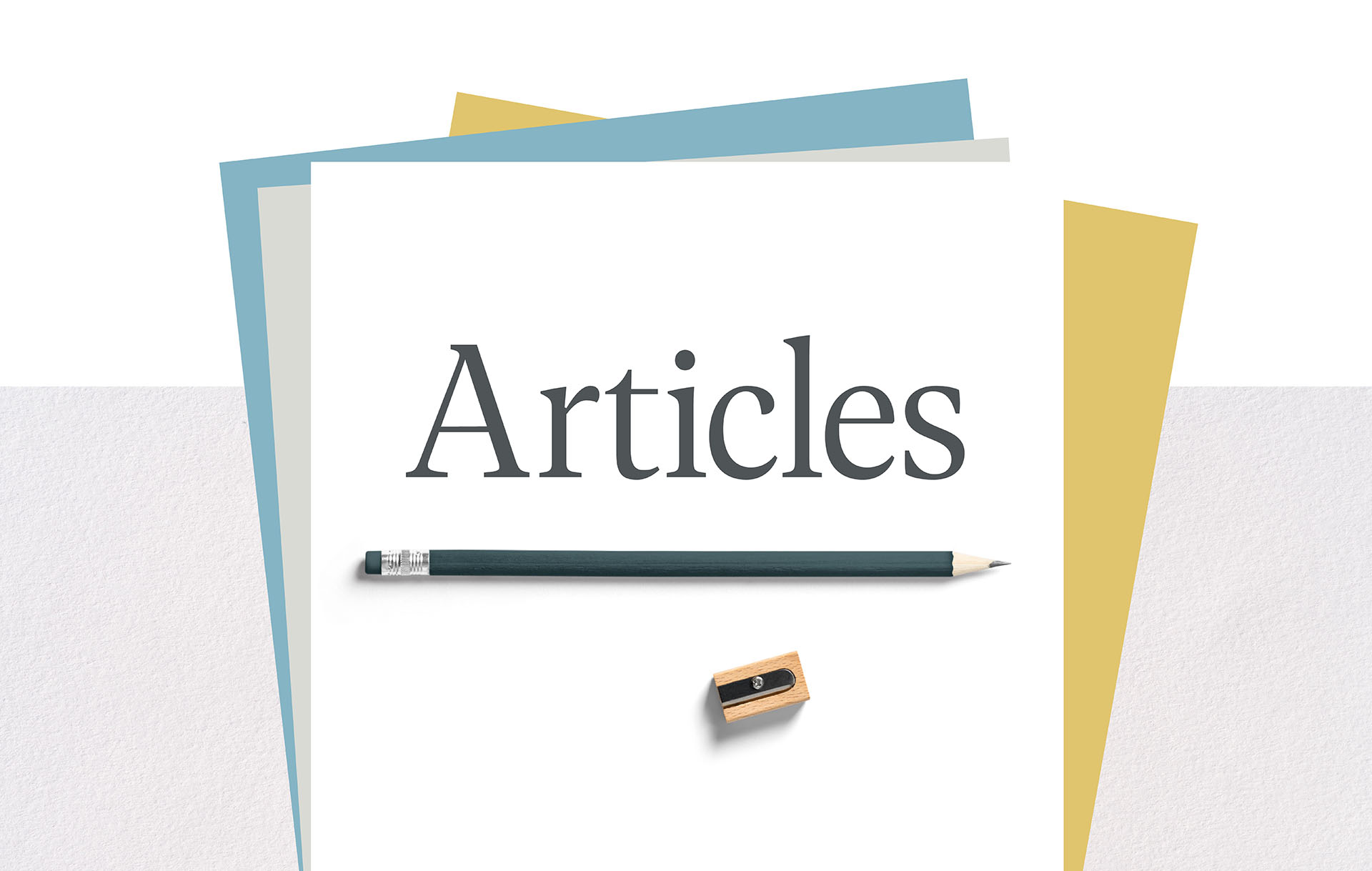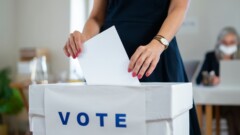I wrote yesterday about my experience at the Bank of Canada as I was taught to distinguish between genuine and counterfeit currency. As promised, today I will provide a few brief applications, though I still have much to think about and reflect upon. I do intend to write more formally about this subject at a later time. I went to this meeting looking particularly for parallels between spiritual discernment and the task of discerning counterfeit currency. I was not disappointed. The parallel between these two disciplines is unavoidable. In this article I am going to draw attention to just a few of these.
I was surprised to learn that the Bank of Canada expects all Canadians to exercise discernment with their currency. Despite having exchanged currency countless thousands of times, it had never occurred to me that I ought to be verifying each bill. I had never been told so. While I consider myself a person who values discernment, I had to admit that I had no discernment when it comes to currency and I could easily have been fooled. The literature the bank produces and the message they attempt to convey says “Check your notes! Make it a habit!” We are expected to check each piece of currency that comes into our possession. And clearly, if every person in the country was equipped to discern genuine from fraudulent, and if every person was to verify every piece of currency that came into his possession, all counterfeit money would be eradicated, as would the livelihoods of those who produce it.
Why is it so important that I check each piece of currency? Because once I accept a bill, that piece of money becomes my responsibility. Should I attempt to later deposit this bill in a bank and should the teller find that it is counterfeit, the bill will be confiscated and I will not be reimbursed. What I accept becomes my responsibility. Now there is a difference between taking a bill and accepting a bill. I have the right to inspect and refuse any piece of currency. But once I accept that money, I am responsible for it.
There is a clear parallel here to spiritual discernment. Just as I am responsible for money I accept and later attempt to spend, in the same way I am responsible for the teachings I accept and later attempt to share with others. Thus it is my responsibility before God to inspect every teaching that comes my way. I should test each teaching that is presented to me, refusing to accept any that go against the plain teaching of Scripture. There are tests the Bible provides which will help us discern truth from error. 1 Thessalonians 5:21-22 exhorts all Christians to “test everything; hold fast to what is good. Abstain from every form of evil.” We are first to test, then abstain, and finally hold fast.
Yesterday I mentioned the phrase, “touch, tilt, look through, look at” as a filter through which I can pass a particular piece of currency. These represent four exercises which will draw my attention to the marks of a genuine piece of currency. Similarly, the Bible provides a series of tests we can use to discern truth from error. I have much reflection to do in this area, but I would suggest some good filters we can apply in the spiritual realm are: examining Scripture, seeking the counsel of godly men and women, and seeking the consensus of historic Christianity.
A parallel commonly used by authors and preachers, is that, like experts in counterfeit currency, a person who wishes to be discerning must focus more on what is genuine than what is counterfeit. Before handing me a stack of bills and asking me to sort through them to discern which were fraudulent and which were genuine, Monica taught me about real currency. Having done that, the differences between good and bad were immediately apparent. In the same way, Christians, and even those with a particular gifting or interest in discernment, should focus more on truth than error. The more we understand what is true, the easier it will be to identify what is fraudulent. The more we know about God’s character, God’s ways, and God’s Word, the greater the contrast will be between truth and error.
Monica taught me the defining characteristics of a genuine bill. There were certain markers she told me to look for: fine-line printing, raised print, holographs, watermarks, and the like. By focusing on these markers, most of which are are difficult to duplicate and are thus missing from counterfeit bills, I was able to make quick but confident judgments. A point she conveyed several times is that counterfeiters usually only put in a minimal effort. They seek to make a copy of the original that is only good enough to pass a cursory inspection. Sadly, most people rarely even consider that a piece of currency may be fraudulent and thus are fooled even by the most pathetic effort at duplicating money. It struck me that most Christians are unaware of their responsibility to test doctrine. And yet most false doctrine is remarkably simple to detect and avoid, for it often is built around minimal effort in undermining truth.
While a single twenty dollar bill has a variety of security features, the Bank of Canada does not expect every person to inspect every one of these features. Rather, they suggest that every person choose two or three features and focus on those ones. This keeps the task of inspecting a bill from becoming burdensome. Still, because of the minimal effort expended by counterfeiters, verifying only two of the security features will usually be enough to discern whether a bill is genuine or fraudulent. If inspecting two does not provide enough information, a person can verify the others as well.
A short time ago, the Canadian media focused a great deal of attention on the so-called “Windsor $100 bill.” Several fraudulent $100 bills had been removed from circulation in the Windsor area, but the media attention made it seem as if these counterfeit bills had flooded the nation. Multitudes of stores across the nation immediately refused to accept $100 bills and even today a great many stores refuse to accept any bill higher than $50. Yet there were only a very small number of these false $100 bills and the amount of media attention was completely unwarranted. Fully eighty percent of counterfeit money is in the $10 and $20 dollar denominations, and in recent months there have been a growing number of counterfeit $5 bills in circulation. While many people were worried about fraudulent $100 bills, many $5’s, $10’s and $20’s were no doubt slipping through unnoticed. We see a similar situation in the church. It is quite rare that we are presented with fraudulent teaching that contradicts the most important teachings of Scripture. More often we are faced with issues of lesser importance than the major tenets of the faith. If we look only for false doctrine that contradicts the first-order doctrines, we may allow countless lesser errors slip through.
I went to the Bank of Canada to learn about currency, but learned a great deal about spiritual discernment. It was a valuable exercise and I am grateful to have had the opportunity to learn about spiritual discernment in so unlikely a place.










